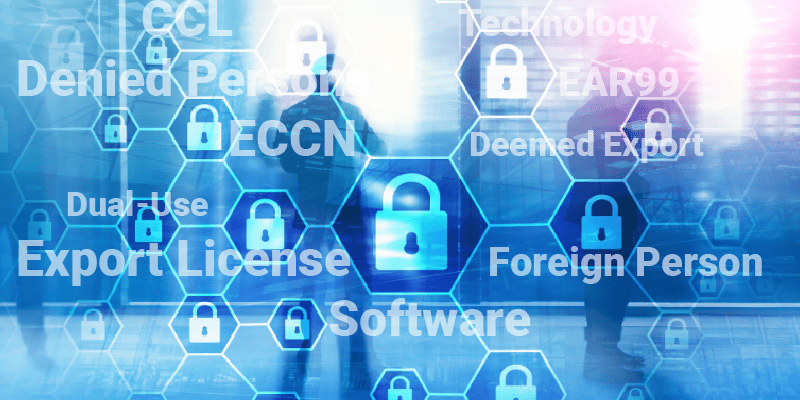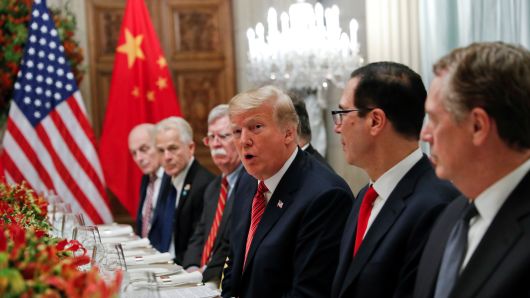Huawei’s New Smartphone Raises Questions About U.S. Export Controls
Huawei, a Chinese telecommunications company, has released a new smartphone called the Mate 60 Pro. This phone is significant because it suggests that Huawei has found a way to bypass U.S. trade restrictions and produce advanced phones, despite limitations on access to American technology and machinery. This development comes as the United States has been increasing restrictions on selling advanced chips and machinery to China, aiming to prevent China’s technological advancements that could benefit its military.
The Impact of U.S. Trade Restrictions:
The U.S. government has imposed restrictions on selling advanced chips and machinery to China and Huawei, aiming to limit China’s mastery of technologies that could be used in military applications. These restrictions have curtailed Huawei’s ability to produce 5G phones in recent years.
Huawei’s Solution to the Restrictions:
Despite the restrictions, Huawei appears to have found a way around them to produce the Mate 60 Pro, at least in limited quantities. Detailed information about the phone is scarce, but analysis from TechInsights suggests that Huawei used a chip manufactured by Semiconductor Manufacturing International Corporation (SMIC) of China. This chip operates beyond the technological limits that the United States intended to enforce.
How Huawei Overcame Restrictions:
It is believed that SMIC used equipment stockpiled before the restrictions went into effect, as well as licensed equipment meant for producing chips for companies other than Huawei. They also acquired spare parts from third-party vendors to assemble their production capabilities.
Different Interpretations in China and the U.S.:
Chinese media and commentators celebrate the release of the Mate 60 Pro as a symbol of China’s ability to develop its own technology despite U.S. restrictions. However, U.S. analysts argue that the development of the smartphone does not necessarily demonstrate a significant leap forward for China’s technological prowess, nor does it signify a failure of U.S. export controls.
Implications for U.S.-China Relations:
The release of the Huawei phone raises questions about the approach the U.S. Department of Commerce will take regarding China’s access to American technology. The Biden administration is preparing to issue a final version of the technology restrictions, indicating a potential shift in strategy.
The release of Huawei’s Mate 60 Pro smartphone despite U.S. trade restrictions highlights the ongoing battle between the U.S. and China in the technological sphere. While China has managed to find workarounds to produce advanced phones using older machinery, experts suggest that this development does not indicate the ability to manufacture advanced semiconductors on a large scale. The struggle for China’s semiconductor industry to reinvent parts of the global semiconductor supply chain without U.S. technology is expected to continue. The U.S. government may need to consider closing gaps in licensing policies to effectively limit exports of critical technologies to China.
Source: https://www.nytimes.com/2023/09/06/business/economy/huawei-phone-us-china-raimondo.html

Export Administration Regulations Course
This export controls training covers basic concepts one needs to understand to execute essential global business operations in a compliant manner. The course has been updated to include new developments such as revisions to license exceptions, end-use/end-user controls on China, new controls on foundational technologies, and more.








